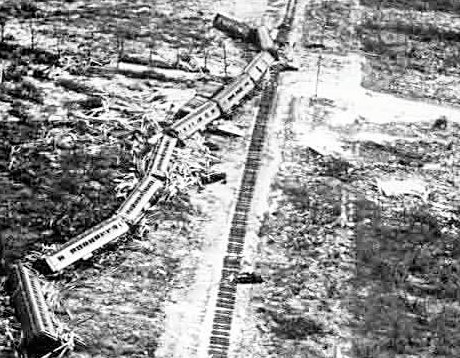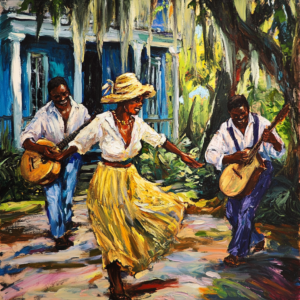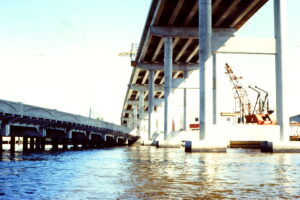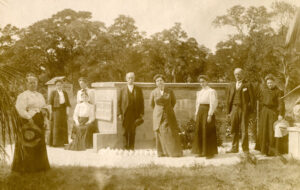
In the late summer of 1935, the citizens of the Florida Keys were in the depths of the Great Depression. Key West, once a prosperous port city, had declared bankruptcy. Residents were struggling to live on an average monthly income of $7. The city needed a plan to survive so it was decided to rehab the old buildings and re-create Key West as a tourist destination.
The government saw this as a way to help the jobless World War I veterans who had been affected by the economic downturn. The vets would be paid $30 a month plus free room and board to come to the Keys and build the bridges and roads that would be needed to support the Key West plan.
The men were housed in flimsy shacks built on the shoreline. Residents of the Keys warned that this housing would never survive a hurricane, but their warnings were not heeded. The government plan in case of a storm was to send a special train from Miami to evacuate the vets if a storm approached. Like many plans, this one was not thought through very well. The railroad officials insisted that they would need several hours of lead time to get a train ready and on its way to the Keys.
It was in late August 1935 that a tropical wave came off the coast of Africa heading across the Atlantic towards the Caribbean. At this time, predicting storms was not a science. With no satellite images or hurricane hunter planes, meteorologists were pretty much shooting in the dark with only a newly developed radar to help them predict when or where a storm would hit.
A week or so later, by Labor Day weekend, the storm was tracking into the Bahamas. The Weather Bureau sent out advisories stating that this storm would be nothing more than a rain maker that would strike Havana, not the Keys. On Labor Day, an American pilot named Len Povey was hired by a Cuban businessman to fly a small biplane over the Straits of Florida and check out the hurricane.
Povey spotted the storm far north of the weather bureau’s track. It was heading to the Keys.
Around 2:00 PM on Labor Day, the evacuation train was ordered to the Keys. An hour and a half later, the train pulled out of Miami heading to the Keys where 400 vets were waiting to be evacuated. By the time the train entered the island chain, waves were breaking across the tracks slowing down the train’s progress.
The train finally arrived in Islamorada around 8:15 PM. Moments later, the storm slammed into the island with 200 mph winds. The cars of the train were swept off its tracks leaving only the locomotive standing upright on the tracks. Needless to say, the train never made it to the veteran’s camp that had been blown apart by the storm. The vets were killed by flying debris and high water. When the storm had passed, more than half of the 400 men in the camps were dead. The total death toll from the storm was 408. The weather bureau recorded a barometer reading of 26.35 inches, making this one of the most intense hurricanes in history.
The storm continued its track northward, paralleling Florida’s west coast. On September 6, a second landfall took place as a Cat 2 storm near Cedar Key. After the second landfall, the storm weakened to tropical storm status and moved across Georgia and the Carolinas moving once again, into the Atlantic near Norfolk, Virginia where it weakened and became extratropical.
Most of the damage from the storm occurred in the Florida Keys. A 40-mile-wide path of destruction ran from just south of Key Largo to just north of Marathon. The Category 5 winds destroyed most of the man made structures on the island. The islands were covered with a 15-20-foot storm surge. On Matacumbe Key, for example, every building and tree was destroyed. The tracks of the Florida East Coast Railroad were destroyed, removing the main transportation route linking the Keys to the mainland. The tracks were never rebuilt.


